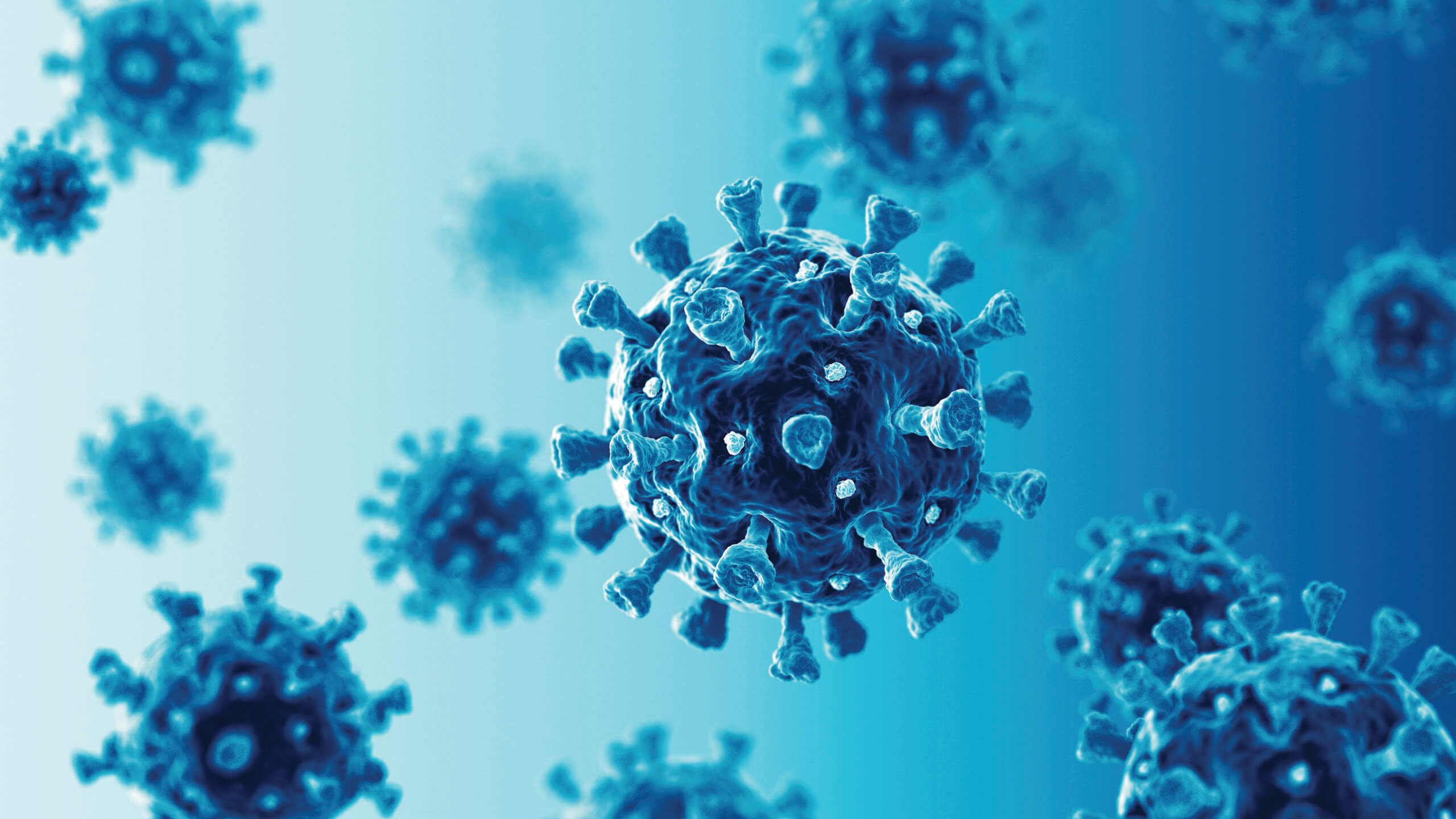You are here
Understanding the mechanism of virus transmission
Thu, 2020-07-30 12:29 — mike kraft The Devastating Impact of Infectious Disease Outbreaks - ISSA The impact of having a simple conversation with another person is enough to spread diseases. ISSA
The Devastating Impact of Infectious Disease Outbreaks - ISSA The impact of having a simple conversation with another person is enough to spread diseases. ISSA By Dr. Gavin Macgregor-Skinner | July 29, 2020
As an epidemiologist or “disease detective,” a question I am frequently asked regarding SARS-CoV-2 (the virus that causes COVID-19 disease) is: “How does someone become infected?”
Everything we know about how this coronavirus behaves is based on data that has been collected in just a few months or has been hypothesized from the behavior of its relatives (SARS-CoV-1 from 2003 and MERS-CoV from 2012). How it spreads has generated significant debate. One reason for this is simply a lack of evidence.
SARS-CoV-2 virus transmission depends on the movement of people and spreads through close contact with a person who is infected with the virus. When an infected person coughs, talks, or breathes, they can release respiratory droplets that contain the virus. Other research has indicated that the virus may spread through indirect routes, such as by hands touching contaminated surfaces and then touching our eyes, nose, and mouth.
But understanding the mechanism of transmission is critical to ensure that the appropriate public health measures and workplace policies are implemented.
As Jonathan Kay stated in his article COVID-19 Superspreader Events in 28 Countries: Critical Patterns and Lessons:
If large respiratory droplets are found to be a dominant mode of transmission, then the expanded use of masks and social distancing is critical.
If small aerosol droplets are found to be a dominant mode of transmission, then we would need to prioritize the use of outdoor spaces, where aerosols are more quickly swept away, and improve the ventilation of indoor spaces.
If contaminated surfaces are found to be the dominant mode of transmission, then we would need to continue, and even expand, our current practice of washing hands as well as cleaning and disinfection protocols for high-touch surfaces to reduce the viral load.
What we do know is that before SARS-CoV-2 can spread to another person, it needs to be released into the environment from someone who is infected. Then, in order for someone else to get infected, they need to be exposed to an infectious dose of the virus.
How many SARS-CoV-2 virus particles are needed for an infectious dose is unknown. So how does an infected person spread a virus?....

Recent Comments